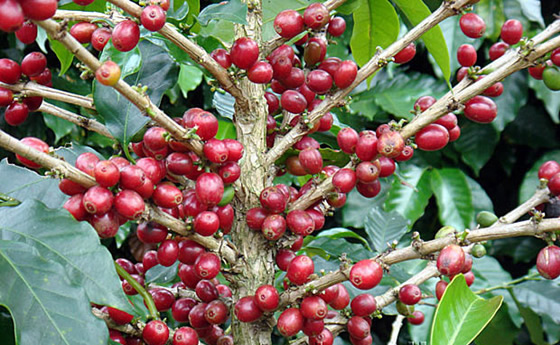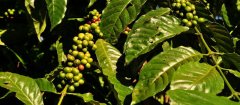Australian Coffee Island Coffee Development of Foreign Coffee Coffee Raw Bean Merchant Coffee with beans
Boutique coffee is fresh coffee. Whether it's food or drink, of course, the fresh the better, and so is boutique coffee. High-quality coffee should keep the coffee beans fresh before making, including the preservation of baked beans, and grind the coffee beans into powder before making, which is also to retain its original and best flavor. The way of making hand-brewed coffee is such a way to make high-quality coffee, and it is also one of the coffee-making methods that can best retain the original flavor of coffee. Boutique coffee is good coffee and is harmless to health. Different from coffee made with low-quality coffee beans, high-quality coffee uses high-quality coffee beans and freshly made coffee, which is harmless to health, and drinking in moderation is beneficial to the body and mind.
Australia is both a mainland and an island, so its coffee is not easy to classify. Australian coffee has the characteristics of mild taste and long growth period, but it does not have the unique sour flavor of "island coffee", and its flavor is more inclined to the sweetness of "continental coffee". Coffee cultivation in Australia began in 1880. In 1926, because of poor quality, many coffee farmers gave up coffee cultivation because it was unprofitable. It was not until the early 1980s that the Australian coffee industry revived because of the rise of Queensland coffee popularity.
Australian boutique cultivation ranges from Nimbin and Lismore in New South Wales to Cape York in Queensland. Australia's large coffee plantations, generally located on the Atherton Plateau, adopt a fully automated planting model, while small plantations tend to use traditional artificial planting patterns.
When the coffee industry began to revive in Australia in the 1980s, although the quality and popularity of Australian coffee had been greatly improved, the output of both local and imported varieties in Australia was disappointing. Today, most of Australia's coffee is for its own market, with a small proportion of exports. Although the Australian authorities' Department of basic Industries (QDPI) has never stopped improving the disadvantage of low domestic coffee production capacity, the continuous introduction of foreign coffee varieties has damaged the characteristic quality of Australian coffee to a certain extent.
In the past 10 years, Australian coffee began to appear frequently in the boutique coffee competition between Europe and the United States, and achieved good results, which also greatly improved the reputation and development of Australian coffee. The vigorous development of the global boutique coffee market in recent years has also provided a broad overseas market for Australian coffee. These factors do make Australian coffee get rid of nearly a century of silence and slowly revive.

Important Notice :
前街咖啡 FrontStreet Coffee has moved to new addredd:
FrontStreet Coffee Address: 315,Donghua East Road,GuangZhou
Tel:020 38364473
- Prev

Columbia Coffee introduces Santander Paisaje cultural cafetero Huila production
Thanks to the fact that the National Coffee producers Association of Colombia (FNC) is acutely aware of the importance of naming of origin and geographical indications (D.O.-G.I.), naming of origin (Denominacin de Origen) is a system of protection of appellations of origin, mainly used to protect the quality and credibility of agricultural products. This law guarantees that only food actually produced in a certain area can be used in this way.
- Next

Soft / Honey Flavor High consistency Sweet Brazilian Coffee from Australian Hilltop Village XF
Boutique coffee is fresh coffee. Whether it's food or drink, of course, the fresh the better, and so is boutique coffee. High-quality coffee should keep the coffee beans fresh before making, including the preservation of baked beans, and grind the coffee beans into powder before making, which is also to retain its original and best flavor. And the way of making hand-made coffee is such a way to make high-quality coffee.
Related
- Beginners will see the "Coffee pull flower" guide!
- What is the difference between ice blog purified milk and ordinary milk coffee?
- Why is the Philippines the largest producer of crops in Liberia?
- For coffee extraction, should the fine powder be retained?
- How does extracted espresso fill pressed powder? How much strength does it take to press the powder?
- How to make jasmine cold extract coffee? Is the jasmine + latte good?
- Will this little toy really make the coffee taste better? How does Lily Drip affect coffee extraction?
- Will the action of slapping the filter cup also affect coffee extraction?
- What's the difference between powder-to-water ratio and powder-to-liquid ratio?
- What is the Ethiopian local species? What does it have to do with Heirloom native species?

